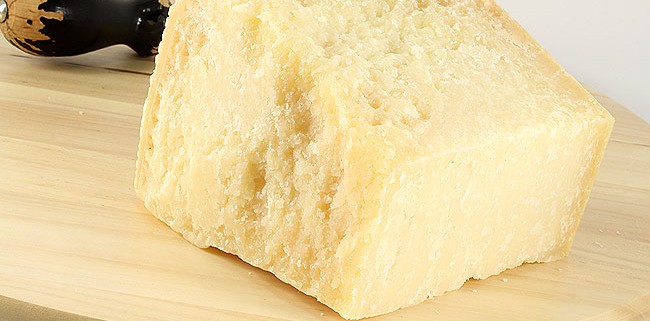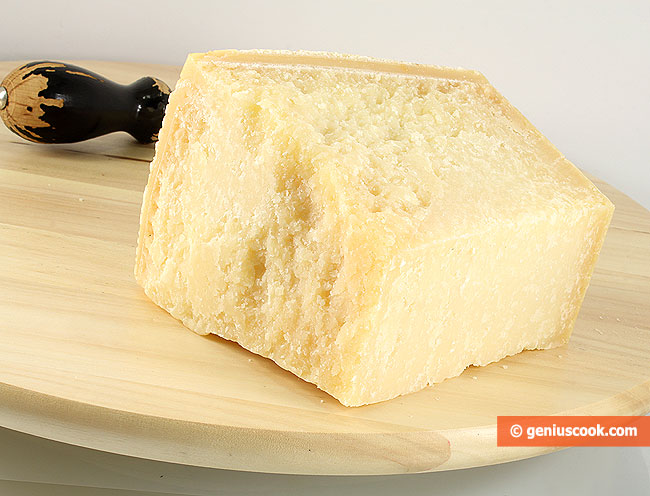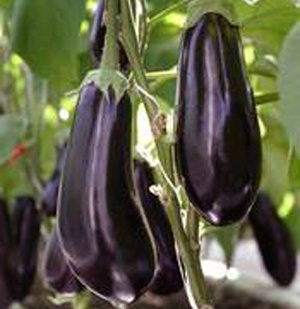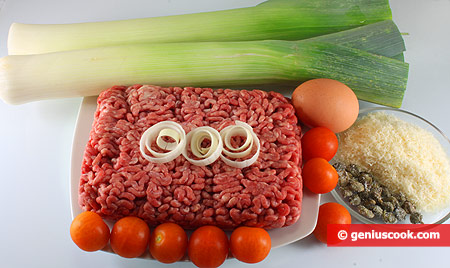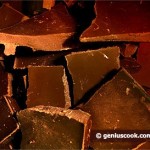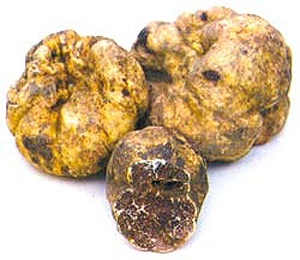Parmesan cheese
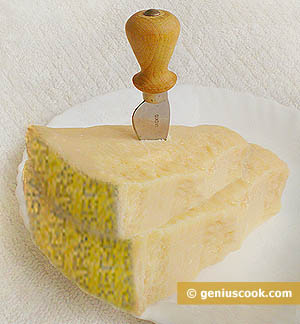 Parmesan (the original brand name is Parmigiano Reggiano) is the most famous Italian cheese in the world.
Parmesan (the original brand name is Parmigiano Reggiano) is the most famous Italian cheese in the world.
The name of this cheese originated from its producing provinces in Emilia-Romagna region such as Parma, Reggio-Emilia and Modena as well as in the provinces of Mantua (strictly on the right bank of the river Po), Bologna (strictly on the left bank of the river Reno) and Lombardy.
The cheese made outside this distinct area cannot be considered true Parmesan cheese. The cheese that comes from neighboring regions is called “Grana Padano”. Parmesan is classified as hard cheese.
Every year, its production starts on March, 1 and ends up on November, 11. After that, the cheese has to age up to 36 months. The name for the cheese produced during another period is additionally prefixed with “Vernengo”.
Making 1 kg (2 lb) of Parmesan requires 16 liters (4 gal) of milk.
History of Parmesan
The production of Parmesan cheese has a history of almost a thousand years. It is assumed that the original recipe belonged to Benedictine monks who had sought the sort of cheese which could be stored for long periods of time. It was the ability to be stored for a long time that made Parmesan cheese so popular.
Production of Parmesan
The production of Parmesan requires milk from cows bred in the Italian regions of Parma, Reggio-Emilia, Modena, Mantua and Bologna. Cows can be fed only by grasses or freshly dried hay from the surrounding meadows. An alternative diet produces milk that doesn’t meet quality standards. And in fact, this milk is absolutely free of any food additives.
The cheese is made by mixing partly skimmed milk of the evening milking with the whole milk of the morning milking, and then natural ferments are added. Calf rennet is poured into mixture pre-heated up to 33-34 C (91-93 F) and the curd forms in 10 minutes. It is then broken down into smaller particles and the temperature is raised to 55-56 C (131-132 F). After the whey is removed, the curd is left to settle for 6-7 hours and then it is replaced into wooden or metal forms. In a few days, a stenciling band with pre-punched dots bearing the Parmigiano-Reggiano name is put around the cheese and the imprints take hold on the crust of the finished wheel. The cheese stays within molds that are buckled tight for several days and then is placed on shelves for a long aging process that lasts, at least, 12 months. The cheese that matures for 24-36 months in a special Parma environment is of higher value.
Uses of Parmesan Cheese in Italy
Young Parmesan (fresco) is usually eaten in small chunks with wine after lunch. Older cheese (vecchio and stravecchio) is grated over pasta. Parmesan cheese has rich, sharp flavor and deep aroma.
Culinary Uses of Parmesan
Usually, all pasta dishes are sprinkled with grated Parmesan or Grano Padano cheeses. It is also used in salads, pizzas and in other dishes. Parmesan has a granular, brittle texture so it doesn’t get cut, it gets broken off with a wedge.
Where to Buy True Parmesan Cheese
Parmesan available in stores is already packed as the entire wheel weights 38-40 kg (83,7 – 88 lb). In Italy, you will find this cheese everywhere, but outside the country, it is usually sold only in expensive stores.
Useful Properties of Parmesan
As far as nutritive properties concerned, 100 grams of Parmesan cheese is equal to 185 grams of beef, or 225 grams of codfish, or 190 grams of pork. Unlike other cheeses, Parmesan has pretty low cholesterol content. That’s why it is great for various diets. Even though Parmesan is easily digested, it is better not to eat it late at night.
Parmesan is very healthy as it is a source of full proteins. It also contains vitamins A, B2 and D. Moreover, the cheese is rich in minerals such as calcium, phosphorous and zinc.

